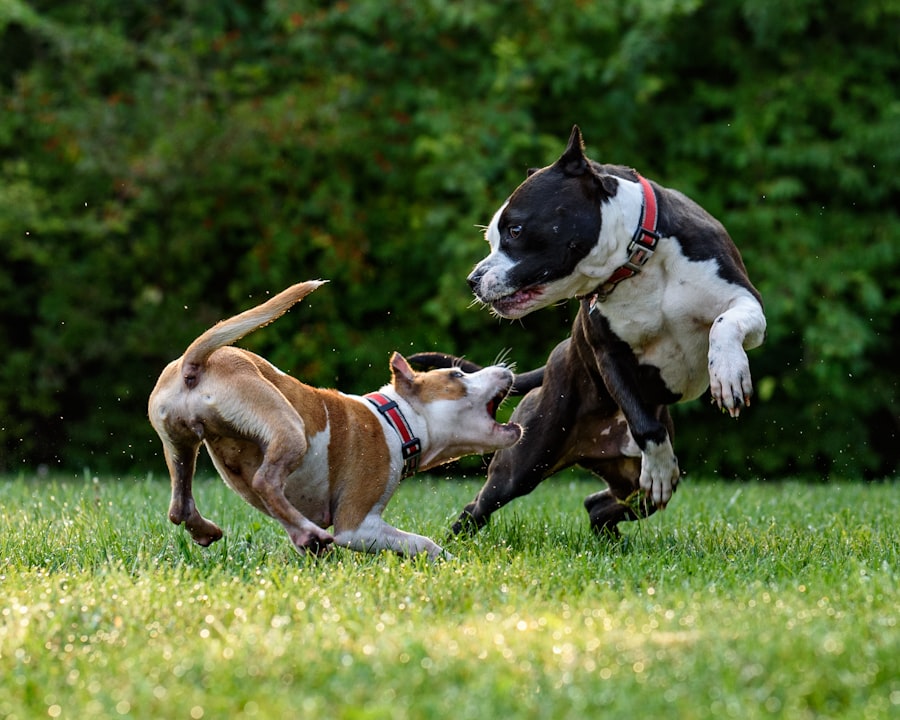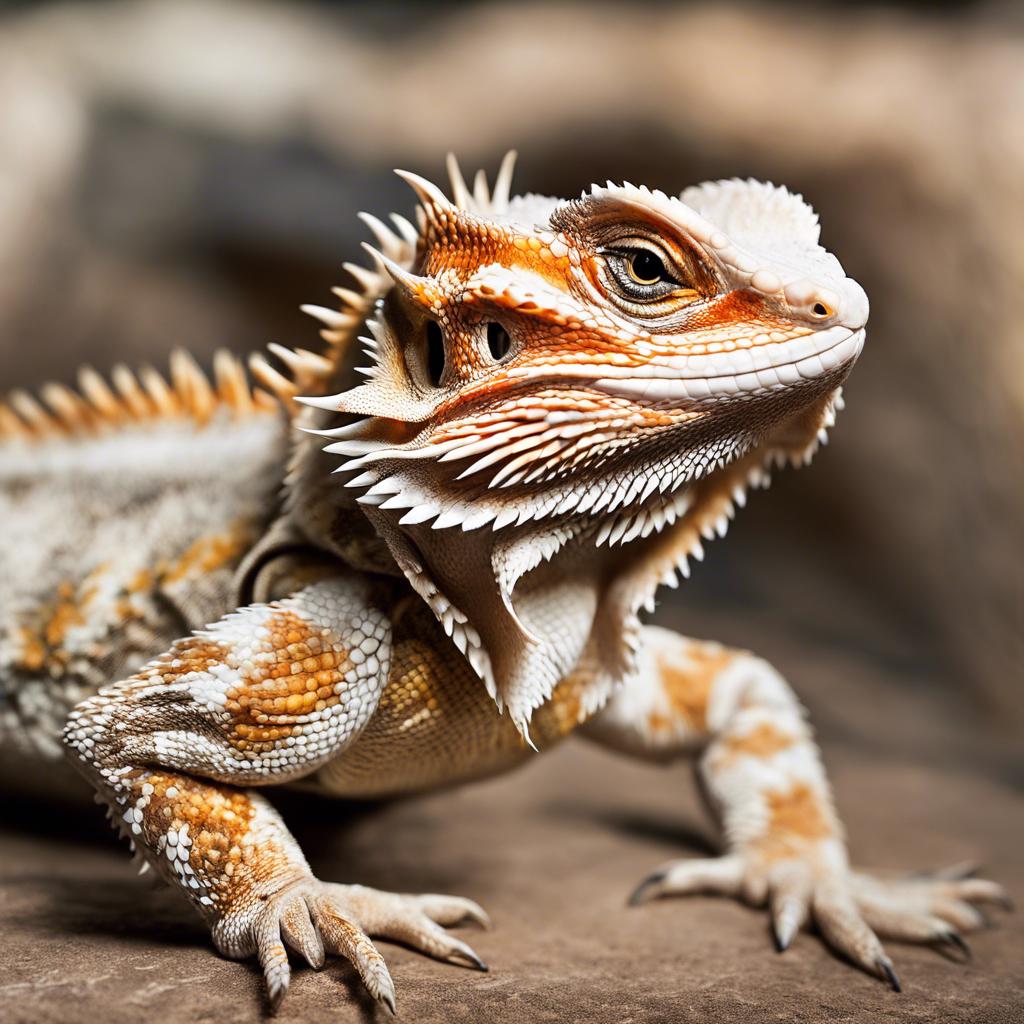Bearded dragons, scientifically known as Pogona, are a type of lizard native to Australia. They are named for the spiky beard-like scales on their throats that they can puff out when threatened or displaying dominance. Bearded dragons have become increasingly popular as pets due to their unique appearance and relatively low maintenance requirements.
These reptiles are known for their docile and friendly nature, making them great companions for both experienced reptile owners and beginners alike. They are also highly social creatures and can form strong bonds with their owners. Bearded dragons are active during the day and enjoy basking under heat lamps, which makes them fascinating pets to observe.
Key Takeaways
- Bearded dragons are popular pets due to their docile nature and unique appearance.
- Pros of owning a bearded dragon include their low maintenance needs and ability to bond with their owners.
- Cons of owning a bearded dragon include their long lifespan and potential for expensive veterinary care.
- Proper housing and environment for bearded dragons includes a large enclosure with heat and UVB lighting.
- Bearded dragons require a varied diet of insects and vegetables, as well as regular hygiene and grooming to maintain their health.
Pros of Owning a Bearded Dragon
One of the main advantages of owning a bearded dragon is that they are relatively low maintenance pets. Unlike dogs or cats, they do not require daily walks or constant attention. Bearded dragons are content spending most of their time in their enclosures, as long as they have the proper setup and care.
Another pro of owning a bearded dragon is their friendly and social nature. They can become accustomed to human interaction and enjoy being handled by their owners. This makes them great pets for those who want a reptile companion that they can interact with.
In addition to their friendly nature, bearded dragons have a unique and interesting appearance. Their spiky scales, triangular-shaped head, and vibrant colors make them visually appealing pets. Many people are drawn to their exotic appearance and enjoy showcasing them in their homes.
Furthermore, bearded dragons can be trained to do tricks. With patience and positive reinforcement, these intelligent creatures can learn simple commands such as coming when called or climbing onto your hand. Training not only provides mental stimulation for the bearded dragon but also strengthens the bond between owner and pet.
Cons of Owning a Bearded Dragon
While there are many pros to owning a bearded dragon, it is important to consider the cons as well. One of the main drawbacks is the initial setup costs. Creating a suitable habitat for a bearded dragon can be expensive, as it requires specific equipment such as a terrarium, heat lamps, UVB lighting, and substrate. These costs can add up quickly, especially for those who want to provide the best possible environment for their pet.
Another con of owning a bearded dragon is that they require specific care and attention. They have specific temperature and humidity requirements that need to be monitored and maintained in their enclosure. Additionally, they need a varied diet consisting of live insects and vegetables, which can be time-consuming and costly to provide.
Lastly, it is important to note that bearded dragons have a long lifespan. They can live up to 15 years or even longer with proper care. This means that owning a bearded dragon is a long-term commitment and potential owners should be prepared for the responsibility of caring for them throughout their entire lives.
Bearded Dragon Care: Housing and Environment
Creating a proper habitat for your bearded dragon is crucial for their health and well-being. The enclosure should be spacious enough for them to move around comfortably and have separate areas for basking and cooling down. A 40-gallon tank is typically recommended for adult bearded dragons.
The enclosure should also have proper lighting and heating. Bearded dragons require both UVB lighting and heat lamps to mimic their natural environment. The UVB lighting helps them metabolize calcium and prevent metabolic bone disease, while the heat lamps provide the necessary warmth for digestion and thermoregulation.
In addition to lighting and heating, the enclosure should have appropriate substrate. Avoid using loose substrates such as sand or wood chips, as they can cause impaction if ingested. Reptile carpet or tile are safer options that are easy to clean.
Creating a comfortable environment for your bearded dragon is also important. Provide hiding spots and climbing structures for them to explore. You can use rocks, branches, or commercially available reptile decorations to create a stimulating and enriching environment.
Bearded Dragon Care: Diet and Nutrition
Bearded dragons are omnivorous, meaning they eat both insects and vegetables. Their diet should consist of a variety of live insects such as crickets, mealworms, and dubia roaches. These insects should be gut-loaded with nutritious food before being fed to the bearded dragon.
In addition to insects, bearded dragons should also be offered a variety of vegetables and fruits. Leafy greens such as collard greens, kale, and dandelion greens are excellent choices. Other vegetables such as bell peppers, carrots, and squash can also be included in their diet. Fruits should be given sparingly due to their high sugar content.
It is important to provide proper portion control when feeding your bearded dragon. Juvenile dragons should be fed daily, while adults can be fed every other day. The amount of food should be appropriate for their size and age. It is recommended to feed them as much as they can eat in 10-15 minutes.
Bearded Dragon Care: Hygiene and Grooming

Maintaining a clean habitat is essential for the health of your bearded dragon. Regular spot cleaning should be done to remove feces and uneaten food from the enclosure. The substrate should be replaced or cleaned regularly to prevent the buildup of bacteria.
In addition to cleaning the enclosure, it is important to maintain proper hygiene for your bearded dragon itself. This includes regular nail trimming to prevent overgrowth and potential injuries. Bathing your bearded dragon once a week can also help keep their skin hydrated and clean.
When bathing your bearded dragon, use lukewarm water in a shallow container that they can comfortably sit in. Gently support their body and allow them to soak for 10-15 minutes. Afterward, pat them dry with a soft towel and ensure they are warm before returning them to their enclosure.
Health Issues: Common Illnesses and Diseases
Like any pet, bearded dragons can experience health issues. Some common illnesses and diseases that bearded dragons may face include metabolic bone disease, respiratory infections, parasites, and impaction.
Metabolic bone disease occurs when a bearded dragon does not receive enough calcium or vitamin D3, leading to weak bones and deformities. Respiratory infections can occur due to improper temperature or humidity levels in the enclosure. Parasites such as mites or worms can also affect bearded dragons if they are not properly treated.
Impaction is a serious condition that occurs when a bearded dragon ingests a foreign object that becomes lodged in their digestive system. This can happen if they ingest loose substrate or other small objects in their enclosure.
Health Issues: Preventative Measures and Treatment Options
Preventing health issues in bearded dragons starts with providing proper care and attention to their habitat and diet. Ensuring they have the correct temperature and humidity levels, as well as a balanced diet, can help prevent many common illnesses.
If your bearded dragon does become ill, it is important to seek veterinary care. A reptile veterinarian will be able to diagnose and treat any health issues your pet may have. They may prescribe medication or recommend changes to their diet or environment to help them recover.
Regular check-ups with a veterinarian are also important for the overall health of your bearded dragon. They can perform routine examinations, check for any signs of illness, and provide guidance on proper care and nutrition.
Bearded Dragon Behavior: Understanding Their Temperament
Bearded dragons are generally docile and friendly creatures. They are known for their calm demeanor and can become accustomed to human interaction. However, it is important to remember that each bearded dragon has its own unique personality, and some may be more outgoing or shy than others.
Bearded dragons are social creatures and enjoy spending time with their owners. They can form strong bonds and enjoy being handled and petted. It is important to handle them gently and avoid any sudden movements or loud noises that may startle them.
Bonding with your bearded dragon can be a rewarding experience. Spend time with them outside of their enclosure, allowing them to explore in a safe and supervised environment. Offer treats and positive reinforcement during training sessions to strengthen the bond between you and your pet.
Is a Bearded Dragon Right for You?
In conclusion, owning a bearded dragon can be a rewarding experience for those who are willing to provide the necessary care and attention. They are low maintenance pets that are friendly, social, and have a unique appearance. However, it is important to consider the initial setup costs, specific care requirements, and long-term commitment before deciding to bring a bearded dragon into your home.
If you are considering getting a bearded dragon as a pet, it is important to do thorough research and educate yourself on their care needs. Speak with experienced reptile owners or consult with a reptile veterinarian to ensure you have all the necessary information before making a decision.
Remember, owning any pet comes with responsibilities and requires a commitment of time, effort, and resources. By understanding the pros and cons of owning a bearded dragon and providing them with proper care, you can enjoy a rewarding relationship with these fascinating reptiles.
If you're considering getting a bearded dragon as a pet, it's important to weigh the pros and cons. To help you make an informed decision, Reptile Wizard has a comprehensive article on the topic. They discuss the benefits of owning a bearded dragon, such as their docile nature and low maintenance requirements. However, they also delve into the potential drawbacks, including the need for specialized care and the long lifespan of these reptiles. For more information on this topic, check out their article on bearded dragon pros and cons. Additionally, if you're interested in learning about safe plants for your bearded dragon's enclosure, they have an informative article on the safety of pothos plants for bearded dragons.
FAQs
What is a bearded dragon?
A bearded dragon is a type of lizard that is native to Australia. They are popular pets due to their docile nature and unique appearance.
What are the pros of owning a bearded dragon?
Some pros of owning a bearded dragon include their low maintenance needs, their friendly and social nature, and their ability to live for up to 20 years with proper care.
What are the cons of owning a bearded dragon?
Some cons of owning a bearded dragon include their initial cost and setup expenses, their need for specific lighting and temperature requirements, and their potential for health issues such as metabolic bone disease.
What do bearded dragons eat?
Bearded dragons are omnivores and eat a diet consisting of insects, vegetables, and fruits. It is important to provide a balanced diet to ensure their health and well-being.
How big do bearded dragons get?
Bearded dragons can grow up to 2 feet in length, with males typically being larger than females.
Do bearded dragons make good pets?
Bearded dragons can make great pets for those who are willing to provide the necessary care and attention. They are social and friendly animals that can form strong bonds with their owners.

